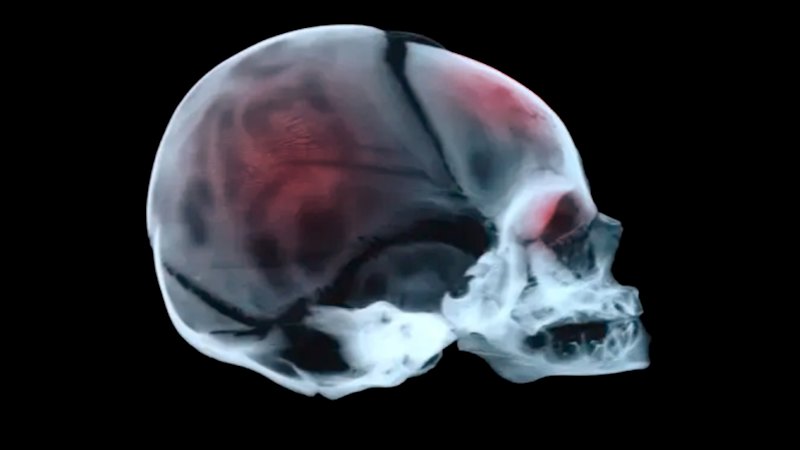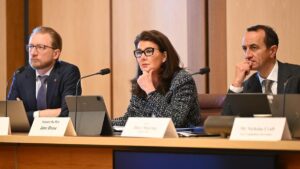
The latest episode of the podcast Diagnosing Murder, released over the weekend, delves into the historical and contemporary implications of shaken baby syndrome. This episode poses a crucial question: how did this diagnosis evolve into a key aspect of child abuse prosecution?
The roots of the conversation surrounding child abuse began to take shape in the 1960s, when American pediatrician Henry Kempe introduced the term “battered child syndrome.” This marked a significant turning point in acknowledging the reality of child abuse. A decade later, in 1971, British pediatric neurosurgeon Norman Guthkelch suggested that medical professionals should consider abuse when presented with specific injuries. His cautious approach aimed to educate rather than accuse, a stance that resonated within medical educational institutions.
As the 1990s approached, this initial caution transformed into a firm diagnosis, with shaken baby syndrome leading to a surge in legal repercussions for caregivers. The theory gained traction, becoming a powerful tool for prosecutors worldwide, including in Australia. The logic was straightforward: the last person to hold a child was often presumed guilty, as the injuries from shaking were likened to the impact of a serious car crash or a fall from a height.
Legal experts, such as Keith Findley, a retired professor of law at the University of Wisconsin, share insights on the podcast, noting that the absence of eyewitnesses did not hinder prosecutions. Instead, expert testimonies from medical professionals carried significant weight in court, leading to a dramatic increase in convictions. Many parents faced severe consequences, including losing access to their children and facing murder charges.
Yet, the scientific validity of the shaking theory remains hotly contested. The podcast highlights the ongoing “war” between doctors and legal professionals regarding the legitimacy of this diagnosis. As debates rage on, the fallout from these cases continues to impact families, particularly in Australia, where the legal system persists in prosecuting under this controversial framework.
In a surprising turn, Guthkelch himself later re-evaluated his views, aligning with critics of the shaken baby syndrome theory. This shift illustrates the evolving discourse surrounding the diagnosis and its implications for child welfare.
As the podcast episode unfolds, it vividly captures the intensity of this debate and raises fundamental questions about the relationship between shaking a baby and the resultant brain damage observed in numerous cases.
For those interested in exploring the full context of this pressing issue, the Diagnosing Murder podcast offers a four-part investigative series, with Episode 2 now available for listening. Support for those affected by related issues is available from the National Sexual Assault, Domestic Family Violence Counselling Service at 1800RESPECT (1800 737 732).







